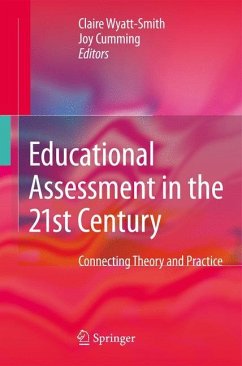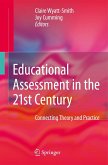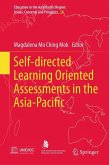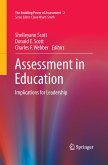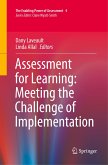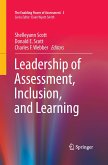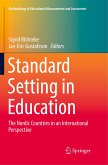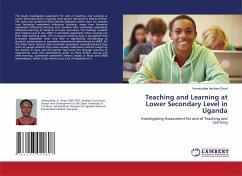Signs of Change: Assessment Past, Present and Future Another Time, Another Place...Examinations Then and Now In the Temple of Literature in Hanoi, Vietnam, a series of stone stelae records the names of the handful of illustrious examination candidates who, in each century, passed the national examination to become a Doctor of Literature. Beginning in the 11thcentury,theexamswereconductedpersonallybysuccessivekingswhopursued Confucian ideals that found expression in the enormous value placed on the pursuit of wisdom and learning. In the 21st century we are both puzzled and impressed by this tradition. Puzzled by such an explicit commitment to a meritocracy in an essentially feudal society; impressed by this enthusiasm for learning and the pursuit of wisdom at the highest level of society. Yet, there are also important similarities between the 11th and 21st centuries. Then, as now, assessment was associated with excellence, high standards, pr- tige and competition-success for the chosen few; disappointment for the majority. Then, as now, the pursuit of excellence was embedded in a social context that favoured the elite and determined success in terms of the predilections of the p- erful. Then, as now, the purpose of the assessment, the way it was conducted and its impact on society all re ected the social and economic priorities of the day.
Bitte wählen Sie Ihr Anliegen aus.
Rechnungen
Retourenschein anfordern
Bestellstatus
Storno

